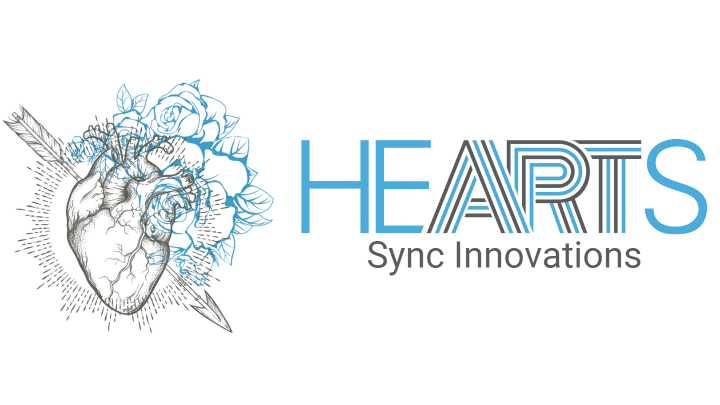When thinking about creativity, one might think of Albert Einstein, who supposedly developed the theory of relativity during a daydream in the park; with the help of his wife Mileva Marić-Einstein. From iconic geniuses to modern entrepreneurs, creativity is the driving force that moves the world forward. But how can one ignite this valuable skill, especially in an increasingly structured and technical world? Welcome to the realm of innovative thinking, where unusual places and techniques become the starting point for new ideas.
Creativity is often defined as the ability to produce original and useful ideas. It is crucial for problem-solving, innovation, and artistic expression. While some believe that creativity is innate, many experts point out that it can be fostered through specific techniques and environments. Places and experiences that are unusual or new to us can stimulate our brains and create new connections. This approach to thinking can yield revolutionary results in the fields of science, technology, and art, helping us solve challenging problems in innovative ways.
There is no doubt that creativity is beneficial not only for professional or artistic life but also has immense impacts on our health and psychological well-beingsense of happiness and satisfaction. Creative activities can reduce stress, promote cognitivemental flexibility, and enhance overall well-being. Studies show that techniques such as mindfulness-based meditationsAchtsamkeit-basierte Meditationen can promote cognitivemental flexibility and thus creativity [1]. Moreover, simple changes in the environment, such as well-ventilated spaces, can significantly improve mental performance, while high CO2 concentrations can negatively affect it [2].
Research has shown that regular physical activities, such as yoga, have a significant impact on creative thinking. A study involving MBA students examined the effects of a 20-minute Hatha yoga session and found that it significantly improved divergent thinking, the ability to generate many new ideas [3]. Hatha yoga as an intervention showed similar positive effects compared to a control group.
A second study focused on multisensory experiences by examining the use of virtual reality (VR) and fragrances. This combination fostered creativity in an educational context, although it could also impose a considerable cognitivemental load on participants [4]. These results highlight the complexity of such studies, which utilize different sensory stimuli to influence learning and creativity outcomes.
These studies demonstrate the variety of approaches to fostering creative thinking, each with its unique possibilities and limitations. It is important to note that sample size and study design play a role in the reliability of these results.
To remain creative, there are some practical steps you can integrate into your daily life. Firstly, use mindfulnessAchtsamkeit-based meditation techniques to enhance your cognitivemental flexibility and foster creative thoughts [1]. Secondly, physical activity is essential; a yoga session can be an effective means to boost creative thinking [3].
Additionally, try to diversify your working environment. Use standing desks or spend time outdoors, which can stimulate your creativity. Even though studies show that standing per se has no direct impact on creativity, it can elevate your overall moodemotional state and keep you more alert [5]. And don’t forget the power of multisensory experiences, such as VR or the integration of scents, to stimulate creative processes [4].
In summary, creativity can be enhanced through targeted techniques and by adjusting our environment. From mindfulness meditations to yoga and experimenting with your workspace, you can pursue various approaches to boost your creative abilities. By making small changes, you can not only enhance your creativity but also improve your overall well-being. Feel free to test these techniques and cultivate a more creative and healthier lifestyle.
This health article was created with AI support and is intended to help people access current scientific health knowledge. It contributes to the democratization of science – however, it does not replace professional medical advice and may present individual details in a simplified or slightly inaccurate manner due to AI-generated content. HEARTPORT and its affiliates assume no liability for the accuracy, completeness, or applicability of the information provided.














